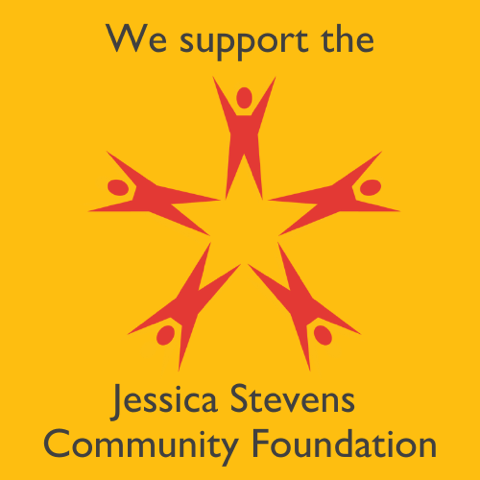When I was younger, I began practicing yoga for the physicality of it. I liked putting myself into shapes that either stretched or strengthened me. It was demanding but doable, and I found it engaging and fun. As my studies continued, I learned that the observation and control of the breath and the mind were also part of practicing yoga. Asana became a tool along the path rather than an end goal.
Yoga has teachings and techniques regarding the breath and the mind. I am grateful that I found teachers along my journey that were able to translate them in a way that was accessible and relevant on and off the mat. It’s what I strive to pass on to my students.
Now is the first word of Patanjali’s Yoga Sutras and some would argue it’s the most important concept. I agree. For now, I find myself at one of life’s crossroads. My father died recently. Not unexpected due to his age and health and the natural trajectory of life. Now, I am a child who has lost a parent. I’ve often been amazed that I’ve had two parents for as long as I have – I knew it was coming. However, it’s still a transition filled with emotions, duties, and paperwork.
Now, more than ever, is when I appreciate the support of my yoga practice. It’s what I’ve been training for. Let’s face it, it’s much easier to practice when our bodies feel good, our minds and hearts are at peace, we’re in a familiar studio with a teacher we like, doing poses that we like. And that’s great. But it’s not always how it goes.
What are you practicing for?
Now, the practice of yoga.

